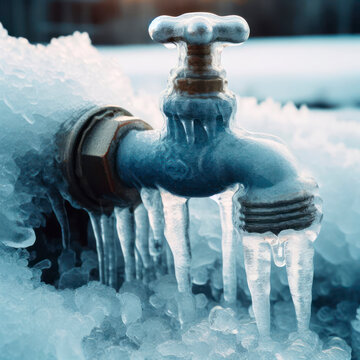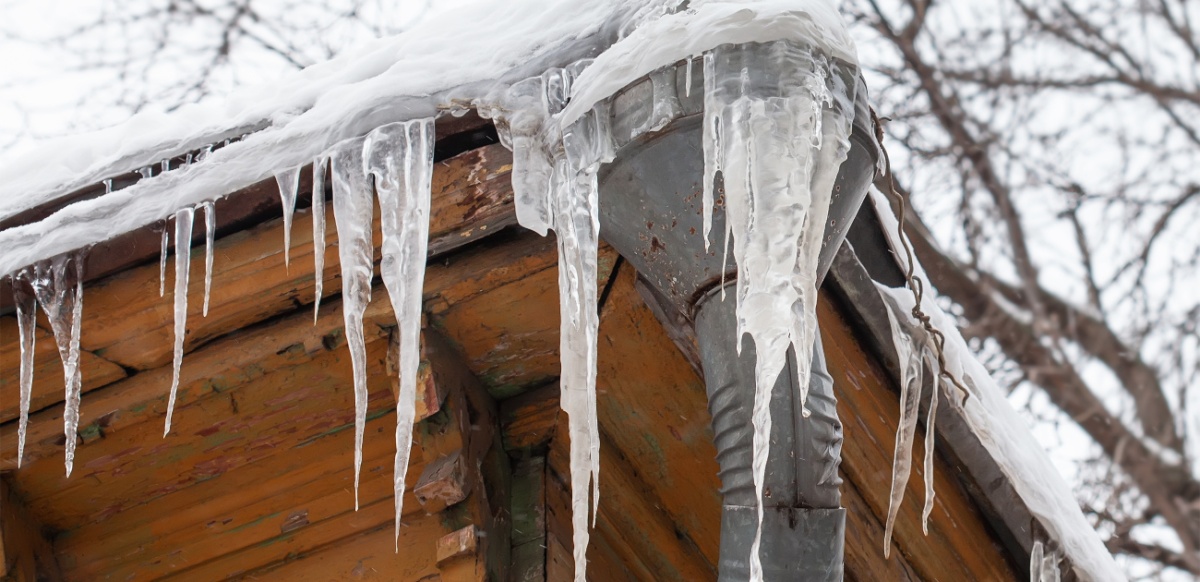We've found this article pertaining to Winter Plumbing Precautions: Preventing Frozen Pipes listed below on the net and think it made perfect sense to relate it with you on this page.

Cold weather can wreak havoc on your pipes, specifically by freezing pipelines. Below's just how to avoid it from occurring and what to do if it does.
Introduction
As temperatures decline, the danger of frozen pipes rises, possibly resulting in costly repairs and water damages. Recognizing just how to prevent icy pipes is crucial for home owners in chilly environments.
Comprehending Icy Pipes
What creates pipes to ice up?
Pipelines freeze when revealed to temperatures below 32 ° F (0 ° C) for expanded durations. As water inside the pipelines ices up, it expands, taxing the pipe walls and possibly triggering them to break.
Threats and problems
Frozen pipes can bring about water disruptions, home damages, and pricey repairs. Ruptured pipelines can flood homes and cause substantial structural damage.
Signs of Frozen Piping
Recognizing icy pipes early can stop them from bursting.
Exactly how to recognize frozen pipes
Seek reduced water flow from faucets, unusual smells or sounds from pipes, and visible frost on revealed pipes.
Avoidance Tips
Protecting at risk pipelines
Wrap pipelines in insulation sleeves or make use of heat tape to protect them from freezing temperatures. Concentrate on pipelines in unheated or external locations of the home.
Heating techniques
Maintain interior rooms properly heated up, specifically locations with pipes. Open cabinet doors to allow warm air to flow around pipelines under sinks.
Securing Outside Plumbing
Garden pipes and outdoor taps
Separate and drain garden hoses before winter. Set up frost-proof faucets or cover outdoor faucets with protected caps.
What to Do If Your Pipelines Freeze
Immediate activities to take
If you think frozen pipes, keep taps open up to alleviate stress as the ice melts. Utilize a hairdryer or towels taken in warm water to thaw pipes slowly.
Long-Term Solutions
Architectural modifications
Think about rerouting pipelines away from exterior wall surfaces or unheated locations. Add extra insulation to attics, cellars, and crawl spaces.
Updating insulation
Invest in premium insulation for pipes, attics, and wall surfaces. Appropriate insulation helps keep constant temperatures and lowers the danger of icy pipes.
Verdict
Stopping icy pipes calls for proactive procedures and fast reactions. By recognizing the reasons, indications, and safety nets, homeowners can secure their pipes during cold weather.
5 Ways to Prevent Frozen Pipes
Drain Outdoor Faucets and Disconnect Hoses
First, close the shut-off valve that controls the flow of water in the pipe to your outdoor faucet. Then, head outside to disconnect and drain your hose and open the outdoor faucet to allow the water to completely drain out of the line. Turn off the faucet when done. Finally, head back to the shut-off valve and drain the remaining water inside the pipe into a bucket or container. Additionally, if you have a home irrigation system, you should consider hiring an expert to clear the system of water each year.
Insulate Pipes
One of the best and most cost-effective methods for preventing frozen water pipes is to wrap your pipes with insulation. This is especially important for areas in your home that aren’t exposed to heat, such as an attic. We suggest using foam sleeves, which can typically be found at your local hardware store.
Keep Heat Running at 65
Your pipes are located inside your walls, and the temperature there is much colder than the rest of the house. To prevent your pipes from freezing, The Insurance Information Institute suggests that you keep your home heated to at least 65 degrees, even when traveling. You may want to invest in smart devices that can keep an eye on the temperature in your home while you’re away.
Leave Water Dripping
Moving water — even a small trickle — can prevent ice from forming inside your pipes. When freezing temps are imminent, start a drip of water from all faucets that serve exposed pipes. Leaving a few faucets running will also help relieve pressure inside the pipes and help prevent a rupture if the water inside freezes.
Open Cupboard Doors
Warm your kitchen and bathroom pipes by opening cupboards and vanities. You should also leave your interior doors ajar to help warm air circulate evenly throughout your home.

Do you really like more info about Preventing and dealing with frozen pipes? Write feedback down below. We'd be happy to listen to your ideas about this article. We hope to see you back again before long. Make sure you set aside a second to distribute this page if you appreciated it. Thanks for going through it.
More Details
Comments on “Important Advice to Prevent Frozen Plumbing in Winter: Specialist Guidance”